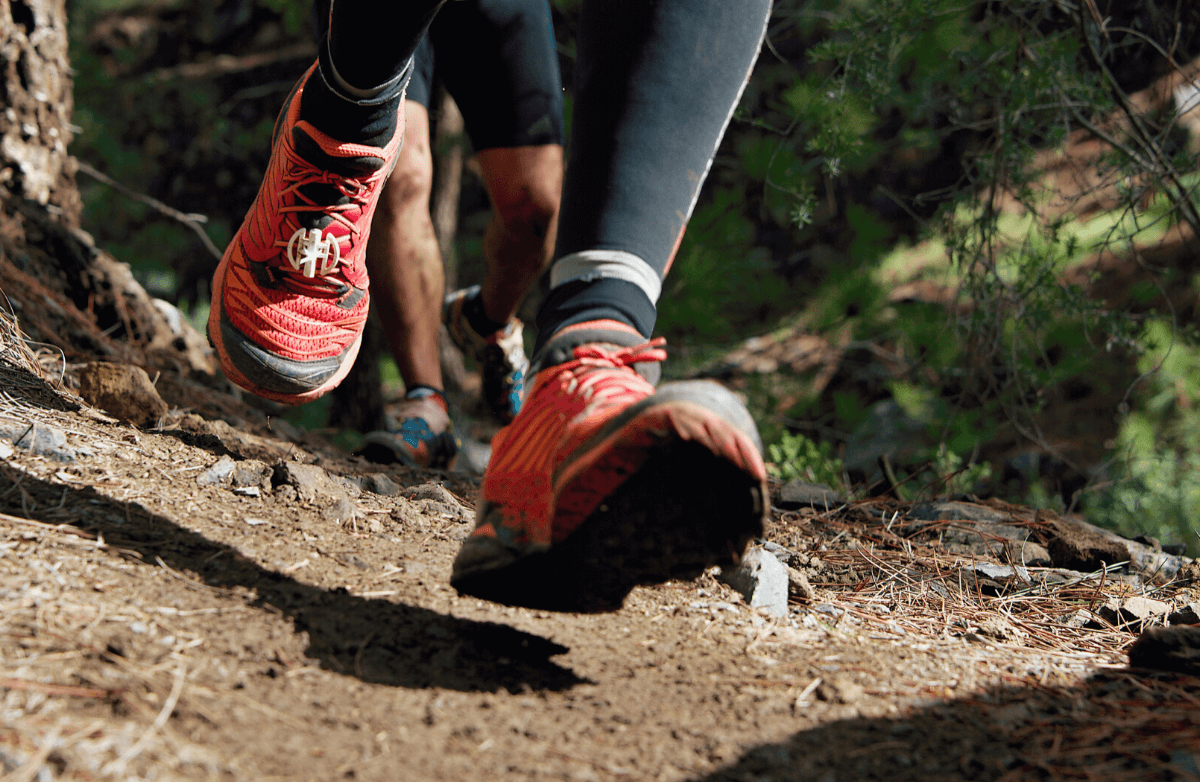You’ve trained for weeks, maybe even months. You know exactly what to eat on the morning of your race or event and how to stay fueled and hydrated along the course. From great shoes to a motivating playlist, you’ve covered every detail to ensure you finish strong and smiling. But what happens next? Have you considered how you’ll recover in the minutes, hours, and days after the event? Recovery is often overlooked, yet it’s just as crucial as the training itself. A thoughtful post-race or post-workout recovery plan can make the difference between bouncing back quickly or facing fatigue and injury.
Who Needs Recovery?
Even if you’re participating in a shorter race or playing in a recreational sports league, recovery matters. It’s not just for elite athletes. In fact, beginners and those newer to consistent training may need recovery even more, since their bodies aren’t yet accustomed to regular physical stress. Recovery should be personalized based on your activity type, intensity, and preferences. A soccer player, for example, might focus on the lower body, while a swimmer may emphasize shoulder and back care. Experiment with recovery techniques to find what works best for your body and helps you feel your best.
Physical Recovery Strategies
After a race or workout, your body needs extra care. Depending on your intensity level and any areas of soreness, consider adding the following recovery tools to your routine:
1. Foam Rolling: Foam rolling can help relieve tight muscles, improve circulation, and increase flexibility. Gently roll over major muscle groups such as the quads, hamstrings, back, and calves for several minutes after your workout.
2. Stretching: Stretching helps reduce tension and soreness while improving mobility. Hold each stretch for one to two minutes to achieve real muscle elongation.
3. Sleep: Sleep is one of the most powerful recovery tools available. During sleep, the body repairs tissue, builds muscle, and restores energy. Aim for seven to nine hours per night, and consider short naps when your training volume is high.
4. Active Recovery: Light activity such as walking, gentle cycling, or yoga the day after a workout promotes circulation and helps flush out lactic acid without adding additional stress to the body.
5. Cold Therapy: Ice baths or cold showers can reduce inflammation and muscle soreness. While cryotherapy is another option, consult a healthcare professional before trying it, especially if you have underlying medical conditions.
6. Compression and Elevation: Wearing compression socks or elevating your legs helps improve blood flow and reduce swelling. These techniques can support faster recovery, particularly after endurance events.
7. Massage: Massage promotes relaxation, reduces muscle stiffness, and improves recovery by increasing circulation. Regular sessions can help keep your muscles healthy and flexible. If professional massages aren’t an option, self-massage or using a massage gun can also be effective.
Refueling Your Body
After training or competition, nutrition plays a major role in repairing muscle and replenishing energy stores. Focus on the following key elements:
1. Hydration: Stay hydrated before, during, and after exercise. A good daily goal is roughly one ounce of water per pound of body weight, adjusting for sweat loss and activity level.
2. Post-Workout Nutrition: Eat a balanced snack or meal within 30 minutes of finishing your workout. Combine protein and carbohydrates in about a 3:1 ratio to support muscle repair and glycogen replacement. Examples include Greek yogurt with fruit, a smoothie with protein powder and bananas, or a turkey sandwich on whole grain bread.
3. Consistent Eating Schedule: Fueling regularly throughout the day helps maintain energy and supports recovery. Aim to include lean proteins, whole grains, healthy fats, and colorful produce in each meal. Under-eating or skipping meals can delay recovery and increase the risk of fatigue or overeating later in the day.
Common Recovery Mistakes to Avoid
Skipping Recovery: Rest days are essential for growth and performance. Overtraining can lead to fatigue, decreased motivation, and injury.
Neglecting Nutrition: Even if your goal is weight management, it’s important not to skip post-workout fueling. Replenishing energy supports repair and helps prevent overeating later.
Wearing Worn-Out Shoes: For runners, old or worn shoes can lead to injury. Replace running shoes approximately every 300–500 miles, or every six months if you train consistently.
Ignoring Pain: Pushing through an injury can make things worse. Listen to your body—rest, ice, compress, and elevate as needed. Returning too soon can delay healing and set you back further.
The Takeaway
Recovery is not a luxury—it’s a critical part of any training program. By incorporating proper nutrition, hydration, sleep, and active recovery strategies, you can enhance performance, reduce injury risk, and feel stronger for your next challenge. Taking care of your body after training is the best investment you can make in your long-term fitness and overall well-being.













.png)